A Beginner’s Guide to Skiing at New Zealand’s North Island Resorts (Part 1): Whakapapa
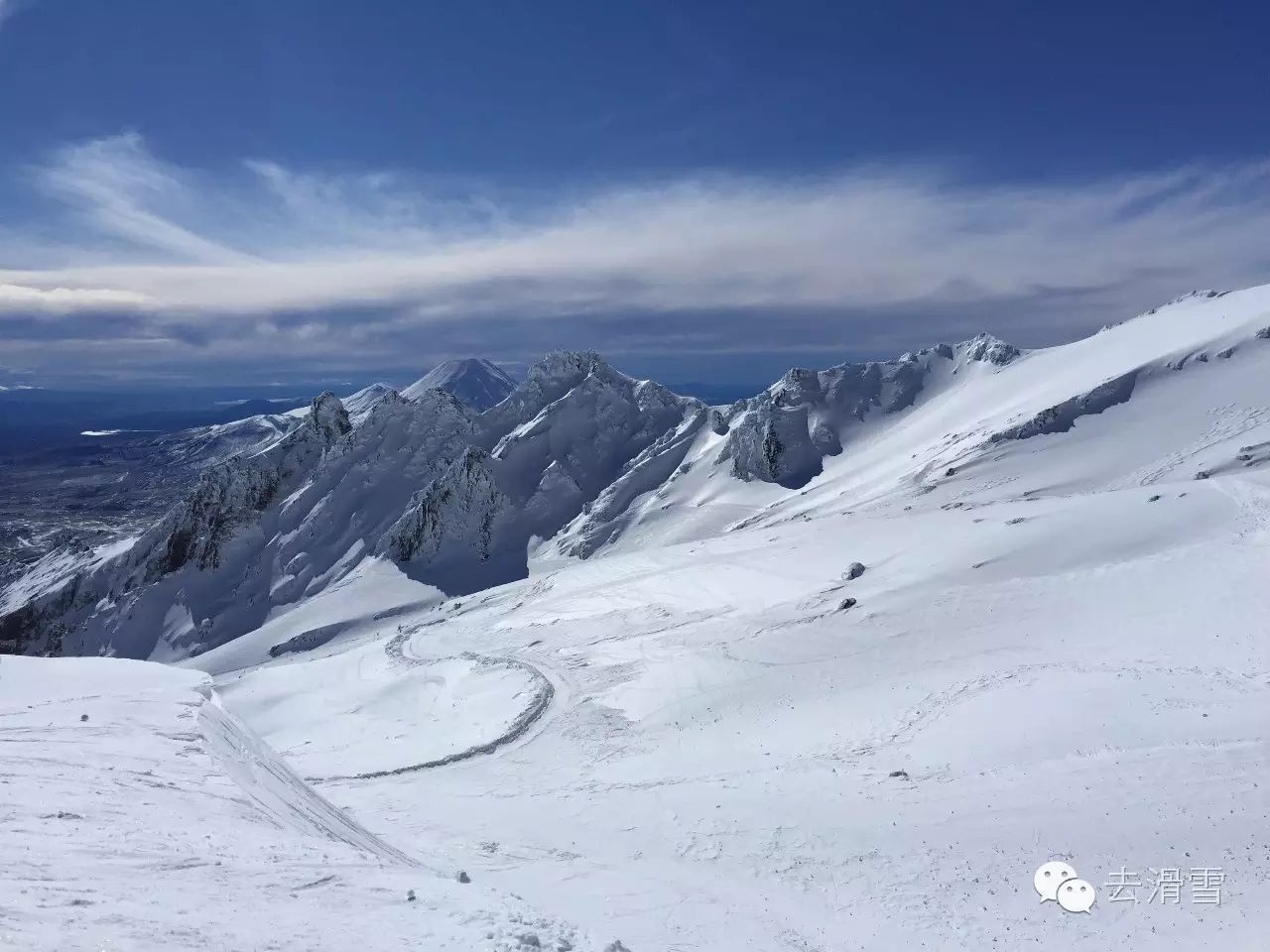

Only a small fraction of people have the means and leisure to escape the scorching summer heat by flying off to New Zealand in the Southern Hemisphere for some skiing—let alone head straight to the country’s South Island, where most skiers flock to renowned resorts like Coronet Peak, Remarkable, Treble Cone, and Cardrona, near Queenstown and Wanaka. Meanwhile, ski destinations on the North Island remain largely overlooked. This time, thanks to tagging along on a business executive’s trip, I finally got the chance to explore Whakapapa and Turoa, the North Island’s largest and most prominent ski areas, respectively.
Whakapapa and Turoa ski resorts are located on the north and south sides of Mount Ruapehu, respectively. This time, since we planned to focus mainly on skiing at Turoa, we chose to stay in the nearby town of Ohakune. The drive from Auckland takes about 4 hours to reach the Mt Ruapehu area—far longer than the 2-hour flight to Queenstown, which actually turns out to be a more convenient and hassle-free option.
If Queenstown's vibrancy and accommodation quality earn a 4 out of 5, Ohakune barely manages a 2, while other nearby areas also score only 3—making them feel rather desolate and basic. However, prices here aren’t exactly affordable, so if you’re planning to hit the slopes, be prepared for a more rustic experience. The town does have a New World supermarket, but don’t expect to find fresh sashimi—instead, you’ll find just the essentials.
It takes 45 minutes to drive from Ohakune to Whakapapa. If you’re planning to ski only at Whakapapa, you can stay at the Chateau Tongariro Hotel, the only major hotel located right in Whakapapa Village—perfect for its convenient location just a short drive away. However, keep in mind that beyond the hotel, there’s absolutely nothing within a 5-kilometer radius—quite literally, that’s how unique it is. Besides this hotel, the nearby National Park Village also offers a variety of other accommodation options, including chalets, motels, and lodges, giving you plenty of choices to suit your needs.
Whakapapa comes from the Māori language and is translated into Chinese as "Fakapapa," a name that sounds quite similar in English—though interpretations may vary depending on one’s perspective. It’s New Zealand’s largest ski resort on the North Island, spanning 550 hectares with a vertical drop of 675 meters. The resort features both challenging double-black-diamond terrain for advanced skiers, as well as extensive blue runs perfect for intermediate and beginner-level enthusiasts.Compared to other ski resorts, this place feels quite different—thanks to its abundance of cliffs and rocks, it rarely features wide, smooth slopes. Instead, you’ll find narrower, rapidly changing terrains dotted with rocks everywhere, adding both danger and excitement to the experience.
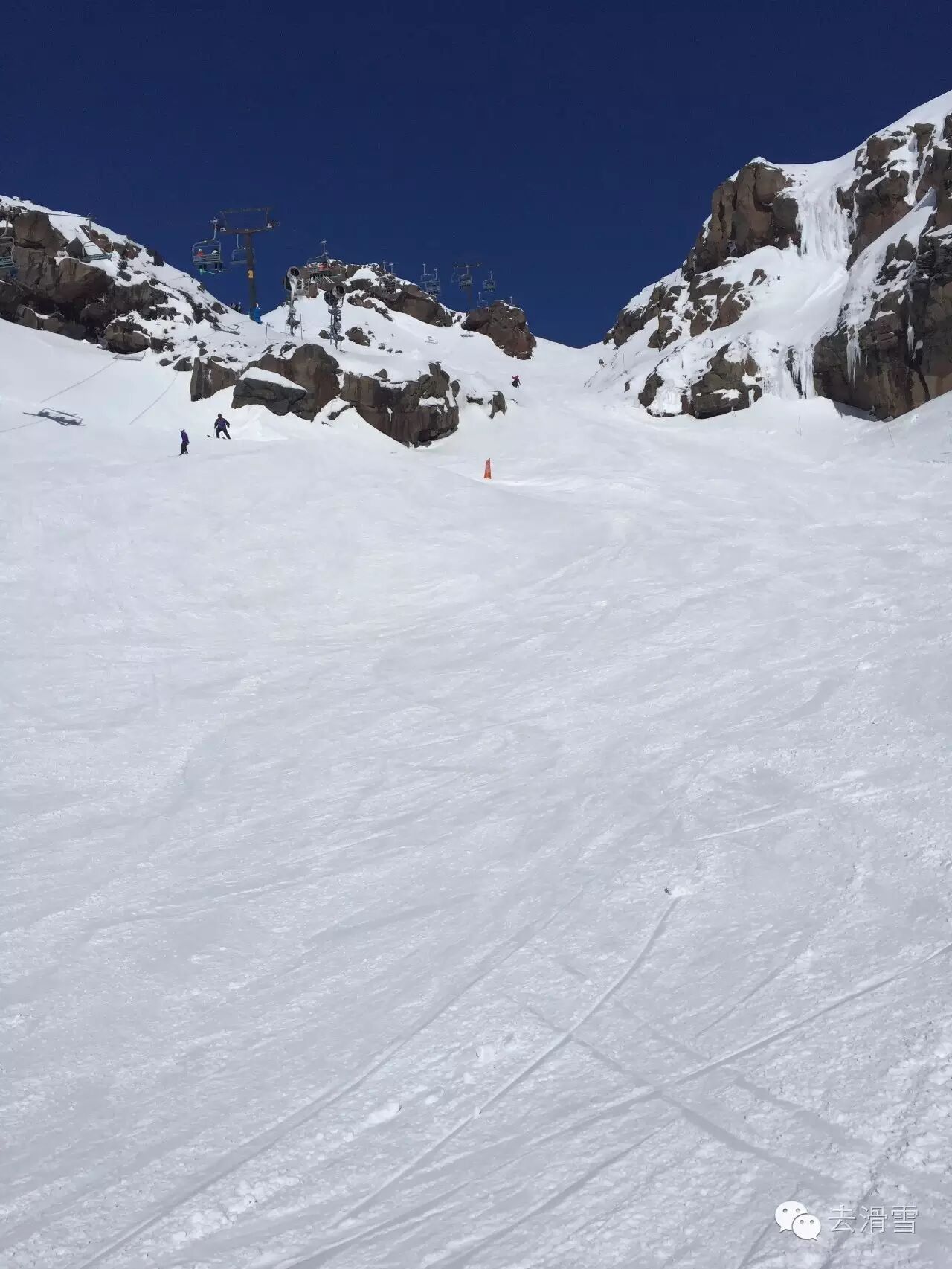
Although Whakapapa typically accumulates over 2 meters of snow on average, the higher temperatures on the North Island cause the snow to transform into sticky, sugary flakes during the hot afternoon sun. But as nighttime temperatures plummet, this same snow quickly refreezes into solid ice—significantly upping the challenge, danger, and overall lack of enjoyment when skiing. Many off-piste areas look incredibly inviting at first glance, but as soon as you step onto them only to find icy terrain beneath your boots, frustration—and a string of colorful expletives—quickly follow. And in the double-black zones, encountering ice can be downright perilous, with cliffs and massive boulders lurking just about everywhere. Even wearing a helmet won’t guarantee your safety—don’t even ask why I’m so sure about that!
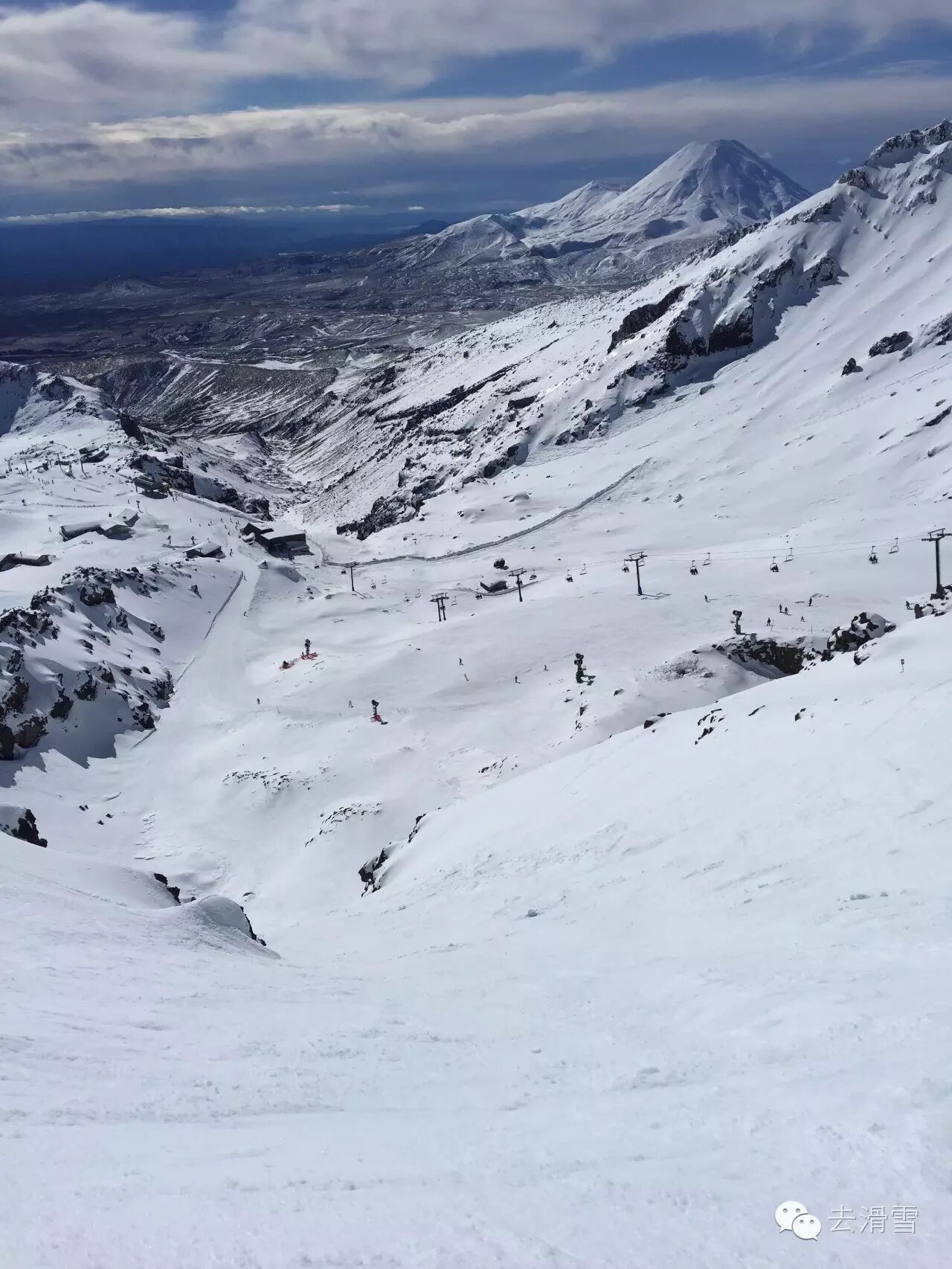

Another complaint from skiers revolves around the three T-bars at the very top of the ski area—while their slow speed is somewhat tolerable, they’re simply ineffective and exhausting to use. For anyone hoping to make multiple runs up to the summit, it’s a frustrating reality they have no choice but to endure.
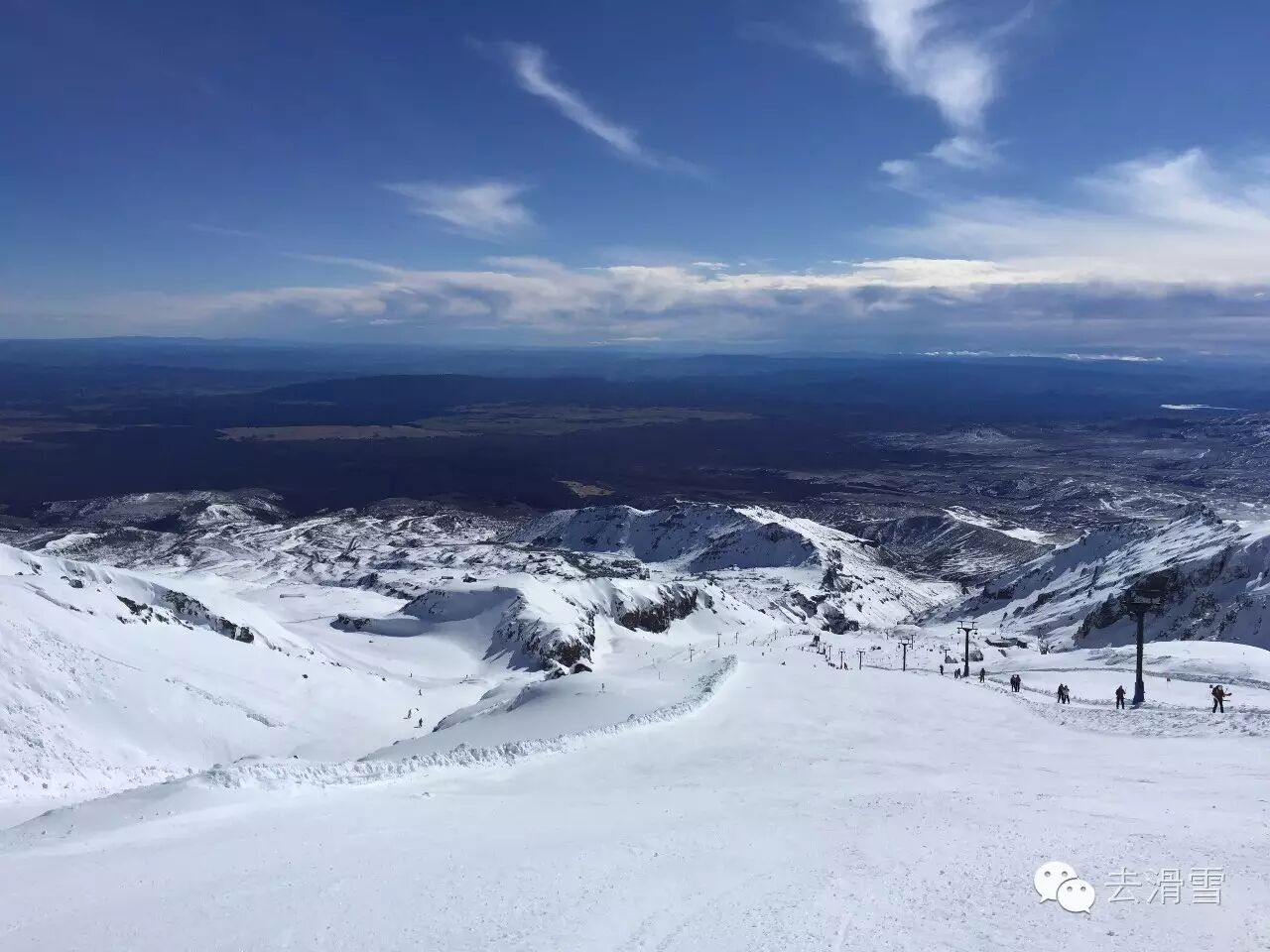
Also, several of the connecting sections between ski areas lack natural slopes—some even allow for downhill runs, while others can only be accessed by walking. Snowboarders reading this are probably already picturing a herd of alpacas galloping through their minds.
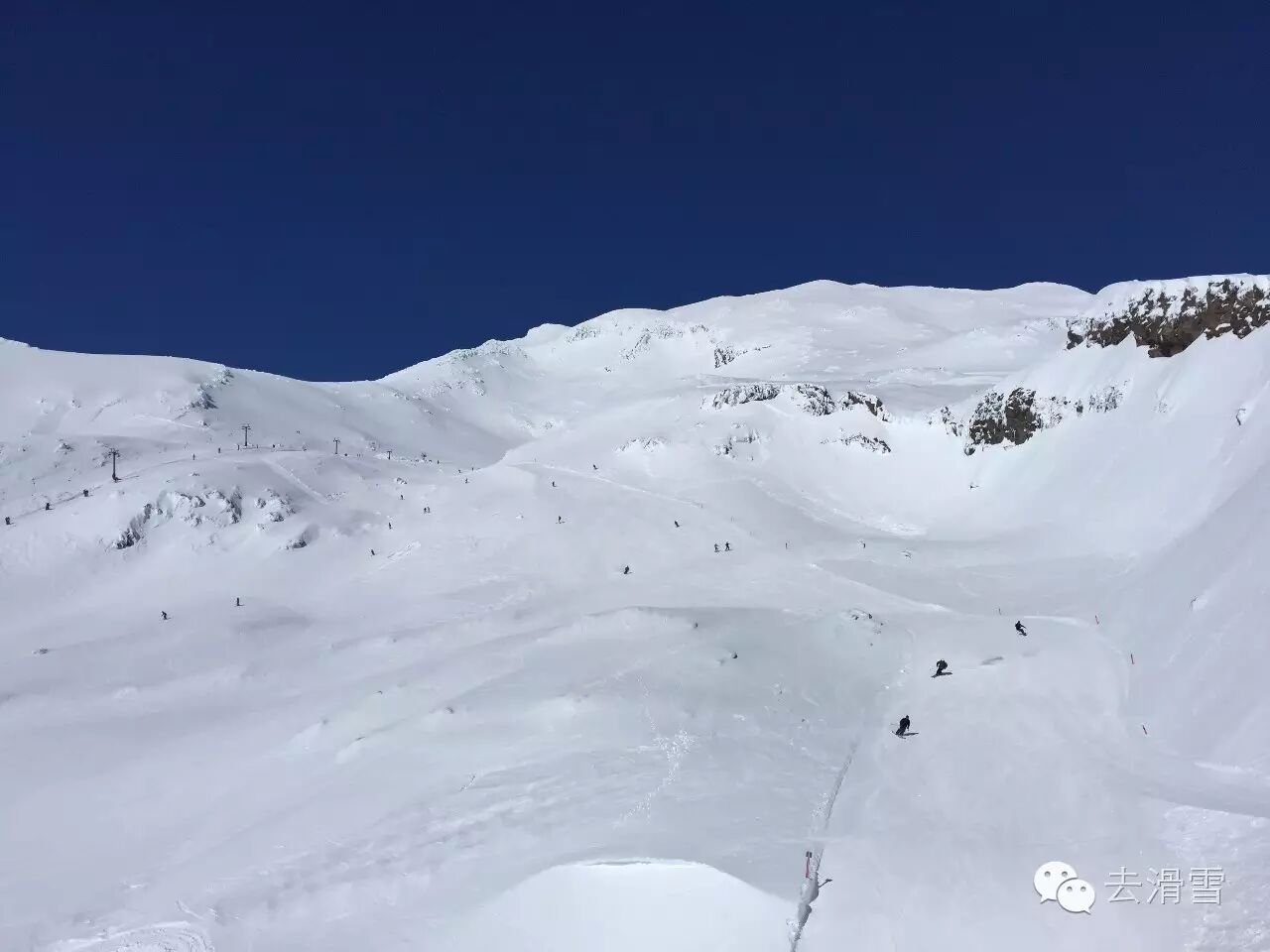
So, Whakapapa has its fair share of issues—especially the icy conditions, which can be downright frustrating (though beginner and intermediate skiers aren’t too affected since the slopes are regularly groomed by snowcats). The same goes for Turoa. But Whakapapa does have its perks, too—well, I’ll think about those later.
Judging from the ski resort mapTo the upper left and left side, you’ll find breathtaking mountain views and expansive off-piste snow areas. In the middle, the two black zones are home to cliffs and highly varied terrain—perfect spots for expert skiers and riders. On the right side, there’s a vast expanse of intermediate and beginner-friendly snow areas, ideal for both practice sessions and smooth, exhilarating runs. Prime viewing locations include the upper-middle section, offering panoramic vistas of the mountain’s massive snowfields, as well as the upper-left corner, where the towering, snow-capped ridges stretching to the right create an awe-inspiring sight. And don’t miss the stunning view from the central black cliff—or the lower-right area, where you can catch a glimpse of the iconic Mount Ngauruhoe, making it a perfect spot for photos and selfies!
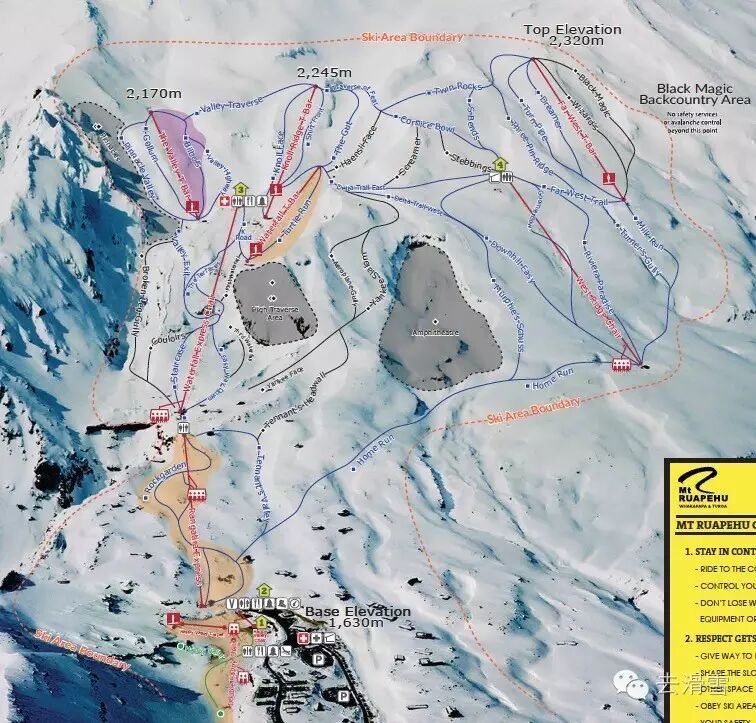
As for the rest, let the photos do the talking.
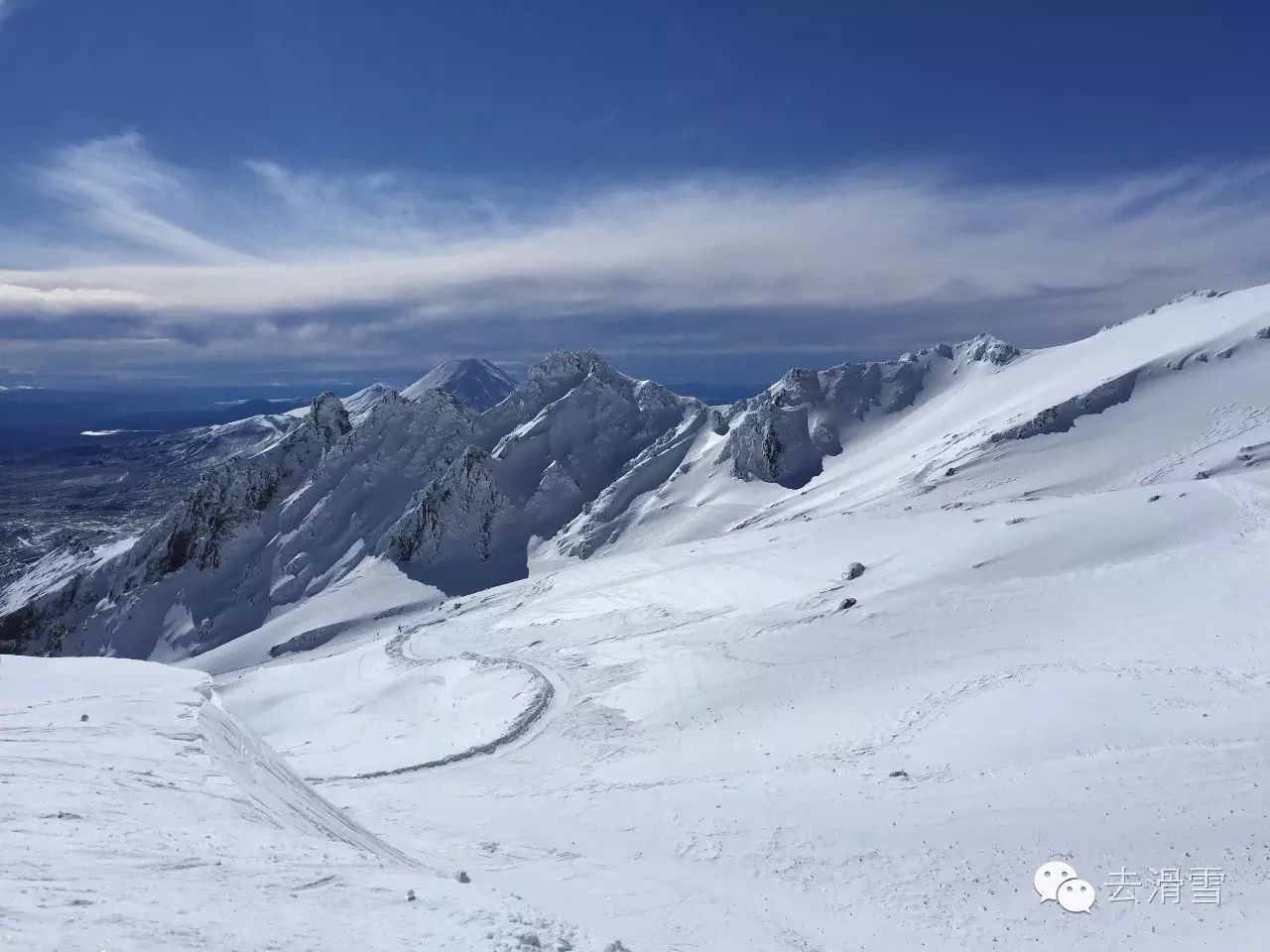



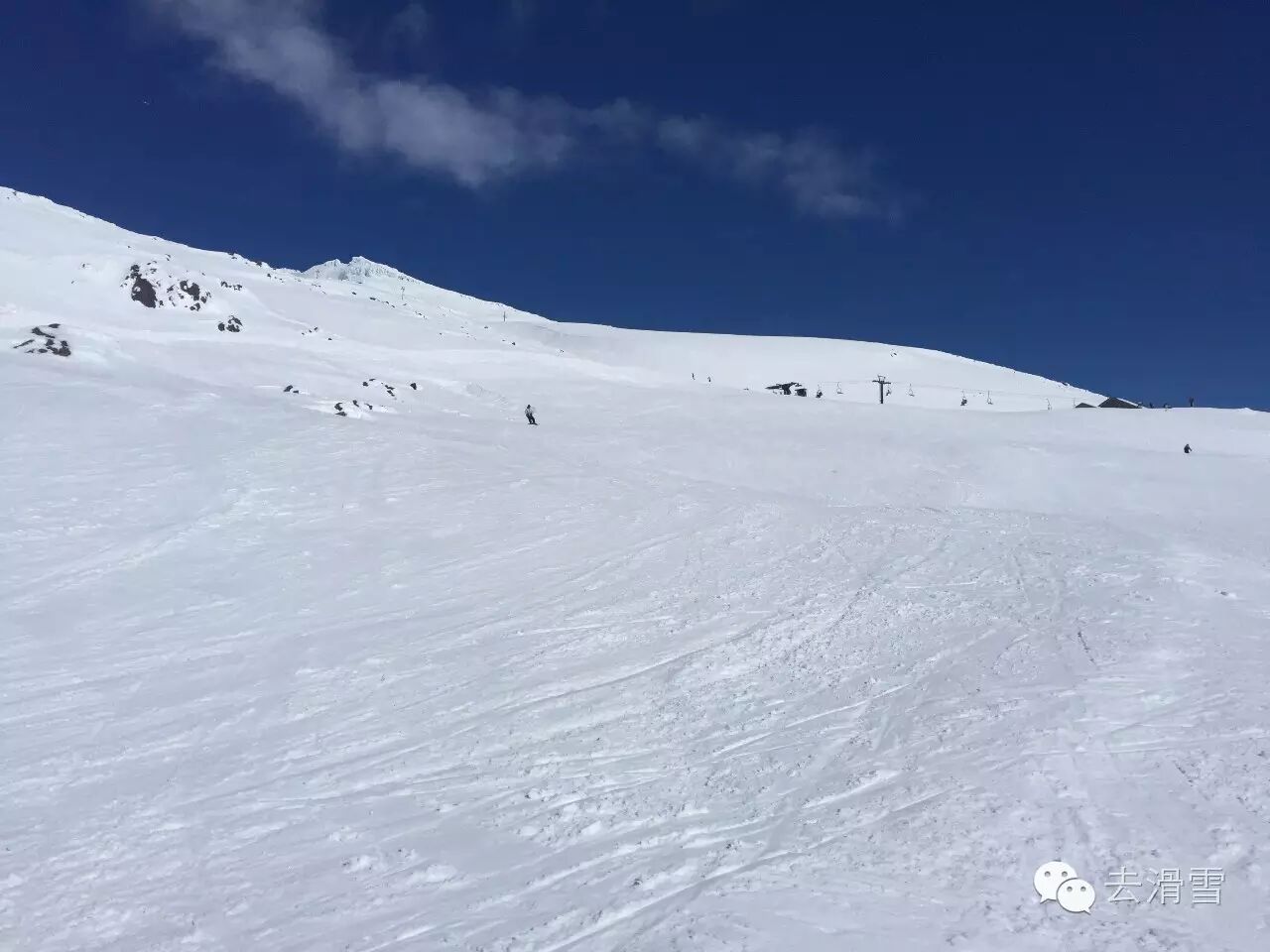



 WeChat ID: quhuaxue01
WeChat ID: quhuaxue01 Long press the QR code on the left to follow
Long press the QR code on the left to follow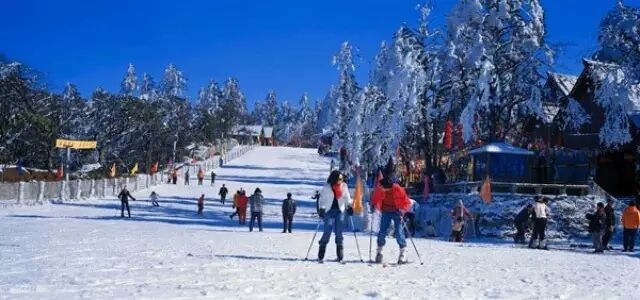
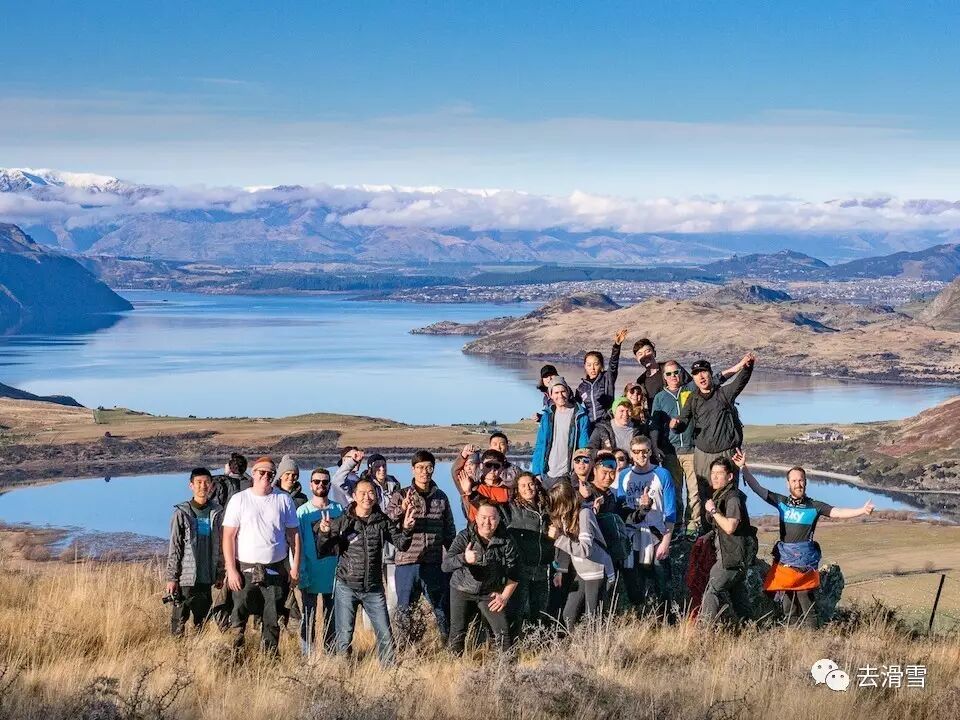
![[Ski Event] New Year's Day Dolomite Trip Departing on Jan 1—Registration Now Open for the First Skiing Experience of the Year!](https://api.zsiga.xyz/mp-weixin-attachment/cover/19/401409182_1.jpg)